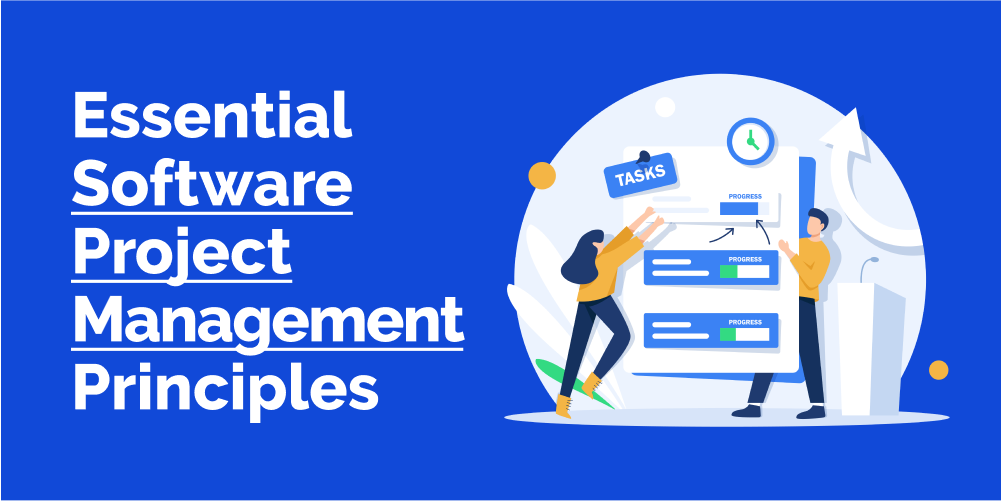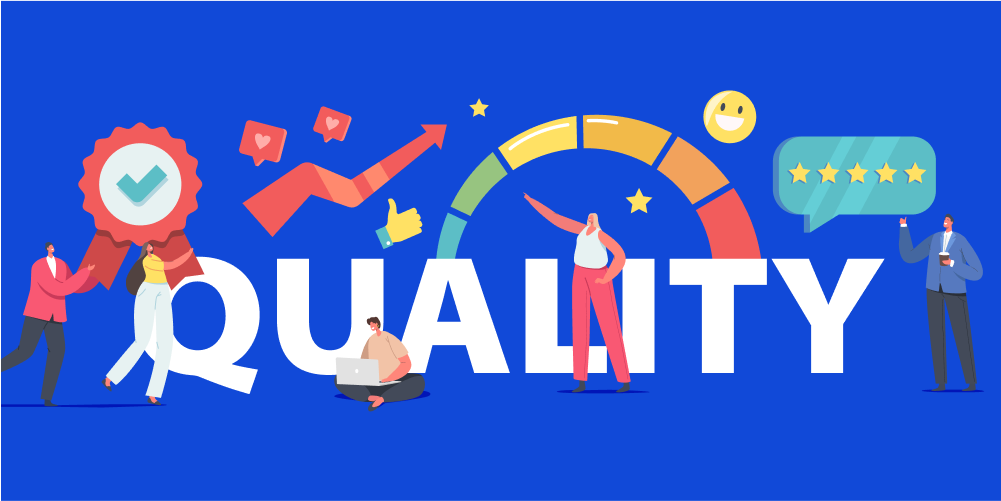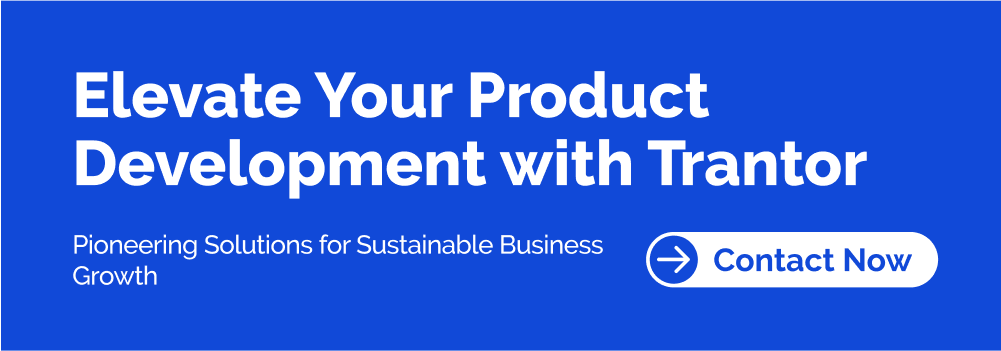Software Development, zBlog
Software Project Management Essentials: Key Principles and Best Practices
atif | Updated: April 17, 2024

Introduction: Software Project Management
Software project management is the cornerstone of successful software development endeavors, ensuring that projects are delivered on time, within budget, and to the satisfaction of stakeholders. In this exhaustive guide, we will delve into the intricacies of software project management, exploring key principles, methodologies, and best practices essential for project success.
Understanding Project Management Fundamentals
Project management is a disciplined approach to planning, executing, controlling, and closing projects. At its core, project management involves defining project objectives, establishing scope, creating schedules, allocating resources, managing risks, and delivering results. Key concepts include:
- Definition of a project and its distinguishing features from ongoing operations.
- Project lifecycle stages: initiation, planning, execution, monitoring and controlling, and closing.
- Importance of project planning in setting clear objectives, defining scope, estimating resources, and establishing timelines.
- Project management methodologies: Waterfall, Agile, Scrum, Kanban, Lean, etc.
- Project management tools and techniques for scheduling, budgeting, resource allocation, and risk management.
Stakeholder Management

Effective stakeholder management is crucial for project success, as stakeholders have a vested interest in the project outcomes. Key aspects include:
- Identifying stakeholders and their interests, expectations, and influence on the project.
- Stakeholder analysis techniques to prioritize stakeholders and manage their expectations.
- Communication strategies to engage stakeholders, provide updates, and address concerns.
- Stakeholder engagement throughout the project lifecycle to ensure alignment with project goals and objectives.
Communication and Collaboration

Clear and effective communication is essential for fostering collaboration, resolving conflicts, and ensuring project success. Key considerations include:
- Establishing communication channels and protocols for team members, stakeholders, and project sponsors.
- Effective communication tools and technologies for remote teams and distributed project environments.
- Active listening, feedback mechanisms, and conflict resolution strategies to promote open communication and collaboration.
- Documentation practices to capture project decisions, agreements, and key information for reference and future use.
Project Planning and Scope Management

Comprehensive project planning is essential for defining project scope, objectives, deliverables, and constraints. Key components include:
- Scope management processes to define, validate, and control project scope.
- Work breakdown structure (WBS) techniques to decompose project scope into manageable tasks and activities.
- Estimation techniques for time, cost, and resource requirements.
- Project scheduling techniques, including Gantt charts, network diagrams, and critical path analysis.
- Risk management processes to identify, assess, mitigate, and monitor project risks.
Agile Project Management

Agile methodologies have gained popularity in software development due to their iterative and incremental approach to project delivery. Key principles include:
- Iterative development cycles, with frequent feedback and adaptation to changing requirements.
- Agile frameworks, such as Scrum, Kanban, Lean, and Extreme Programming (XP).
- Scrum roles (Product Owner, Scrum Master, Development Team), ceremonies (Sprint Planning, Daily Standups, Sprint Review, Sprint Retrospective), and artifacts (Product Backlog, Sprint Backlog, Burndown Chart).
- Kanban principles for visualizing workflow, limiting work in progress (WIP), and optimizing flow.
Quality Assurance and Testing

Ensuring product quality is essential for meeting customer expectations and achieving project success. Key aspects include:
- Quality assurance processes to establish quality standards, metrics, and guidelines.
- Testing methodologies, including unit testing, integration testing, system testing, and acceptance testing.
- Test-driven development (TDD) and behavior-driven development (BDD) practices to ensure test coverage and code quality.
- Test automation tools and frameworks to streamline testing processes and improve efficiency.
- Bug tracking and defect management processes to identify, prioritize, and resolve issues.
Resource Management

Effective resource management involves optimizing the allocation of human, financial, and material resources to achieve project objectives. Key considerations include:
- Resource planning processes to identify project resource requirements and constraints.
- Resource allocation techniques to assign roles, responsibilities, and tasks to team members.
- Workforce management practices, including team development, motivation, and performance evaluation.
- Budgeting and cost management processes to estimate, track, and control project expenditures.
- Procurement and vendor management processes to acquire external resources and services.
Risk Management

Proactive risk management is essential for identifying, assessing, mitigating, and monitoring project risks. Key aspects include:
- Risk identification techniques, such as brainstorming, risk registers, and risk breakdown structures (RBS).
- Qualitative and quantitative risk analysis methods to prioritize risks based on their likelihood and impact.
- Risk response strategies, including risk avoidance, mitigation, transfer, and acceptance.
- Risk monitoring and control processes to track identified risks, assess residual risks, and implement risk response plans.
- Lessons learned and continuous improvement practices to capture project experiences and best practices for future projects.
Change Management
Managing project changes effectively is critical for adapting to evolving requirements and stakeholder expectations. Key considerations include:
- Change control processes to document, assess, approve, and implement changes to project scope, schedule, and budget.
- Configuration management practices to manage and control changes to project artifacts, deliverables, and baselines.
- Impact analysis techniques to evaluate the effects of proposed changes on project objectives, constraints, and dependencies.
- Change communication strategies to inform stakeholders about approved changes and their implications.
- Change readiness assessments and stakeholder engagement activities to facilitate smooth transitions and minimize resistance.
Project Monitoring and Control

Continuous monitoring and control are essential for tracking project progress, identifying variances, and taking corrective actions. Key aspects include:
- Performance measurement techniques, including earned value management (EVM), key performance indicators (KPIs), and balanced scorecards.
- Progress tracking tools and dashboards to monitor project schedules, budgets, and quality metrics.
- Issue identification and resolution processes to address project issues, risks, and constraints in a timely manner.
- Change control boards (CCBs) or change control committees (CCCs) to review and approve proposed changes to project baselines.
- Project audits and reviews to assess project performance, compliance, and adherence to standards and best practices.
Leadership and Team Management
Effective leadership and team management are crucial for motivating, empowering, and developing project teams. Key considerations include:
- Leadership styles and approaches, including servant leadership, transformational leadership, and situational leadership.
- Team building activities and exercises to foster collaboration, trust, and camaraderie among team members.
- Coaching and mentoring programs to support individual and team development, knowledge sharing, and skill enhancement.
- Conflict resolution strategies to address interpersonal conflicts, communication breakdowns, and performance issues.
- Recognition and rewards programs to acknowledge and celebrate team achievements, contributions, and milestones.
Client Engagement and Customer Satisfaction

Engaging clients and ensuring customer success is paramount for delivering successful projects and building long-lasting relationships. Key aspects include:
- Client relationship management practices to establish rapport, trust, and credibility with clients and stakeholders.
- Requirements elicitation techniques, such as interviews, workshops, surveys, and prototypes, capture and validate client needs and expectations.
- Customer feedback mechanisms, including satisfaction surveys, focus groups, and customer support channels, to gather input and assess satisfaction levels.
- Service level agreements (SLAs) and performance metrics to measure and monitor service quality, responsiveness, and customer satisfaction.
- Continuous improvement initiatives to address customer feedback, enhance service delivery processes, and exceed customer expectations.
Project Closure and Post-Implementation Review

Concluding a project successfully involves formalizing project deliverables, capturing lessons learned, and celebrating achievements. Key steps include:
- Project closure processes to finalize project deliverables, obtain client acceptance, and release project resources.
- Lessons learned sessions and post-implementation reviews (PIRs) to evaluate project performance, identify successes and challenges, and document best practices and recommendations.
- Project documentation and knowledge transfer activities to archive project artifacts, records, and documentation for future reference and reuse.
- Project celebration events and team recognition ceremonies to acknowledge and celebrate project accomplishments, milestones, and contributions.
- Transition and handover activities to transfer project deliverables, knowledge, and responsibilities to operational teams, support staff, and end users.
Conclusion
Software project management is a complex and multifaceted discipline that requires a holistic approach to planning, executing, controlling, and closing projects. By understanding and applying the principles and best practices outlined in this guide, project managers can navigate the challenges and complexities of software development projects with confidence and achieve success. By fostering collaboration, communication, and continuous improvement, organizations can deliver high-quality software solutions that meet customer needs and expectations, drive innovation, and create value for stakeholders.
Trantor has emerged as a key player in the outsourced software product development and IT services landscape. Trantor specializes in providing end-to-end software development services, leveraging its expertise in Agile methodologies, quality assurance, and project management. By partnering with organizations seeking to outsource software development projects, Trantor offers a wealth of experience and technical know-how to deliver innovative solutions that address complex business challenges. Trantor’s CaptiveCoE™ engagement model also delivers co-branded, extended teams that can scale on demand and allow businesses to rapidly deliver on their software product development, data, and testing initiatives.
With a focus on client satisfaction, Trantor excels in client engagement, requirements elicitation, and project delivery. Through effective communication channels and collaboration tools, Trantor ensures transparent and timely communication with clients, keeping them informed and engaged throughout the project lifecycle. By adhering to industry best practices and quality standards, Trantor delivers software products and IT services that meet the highest standards of excellence.




